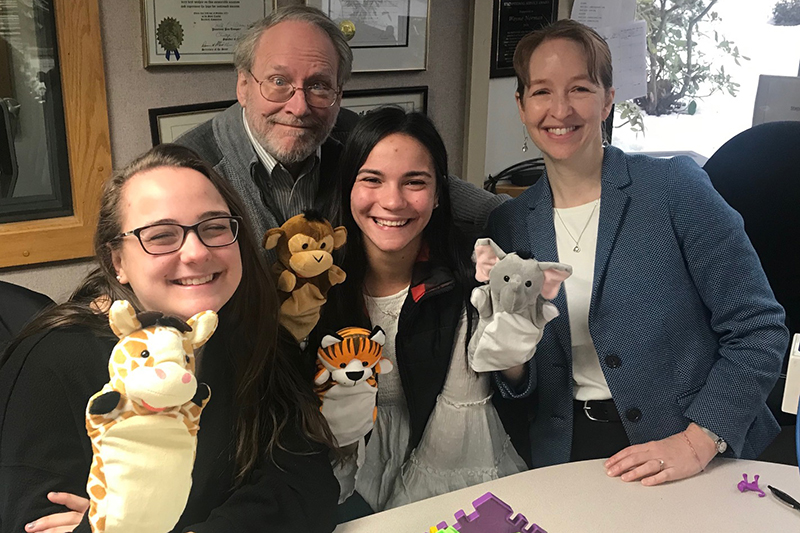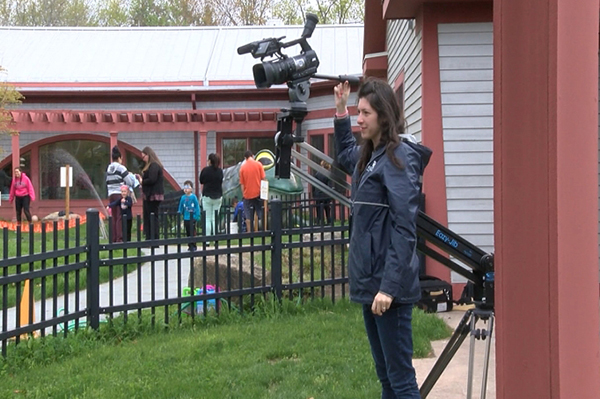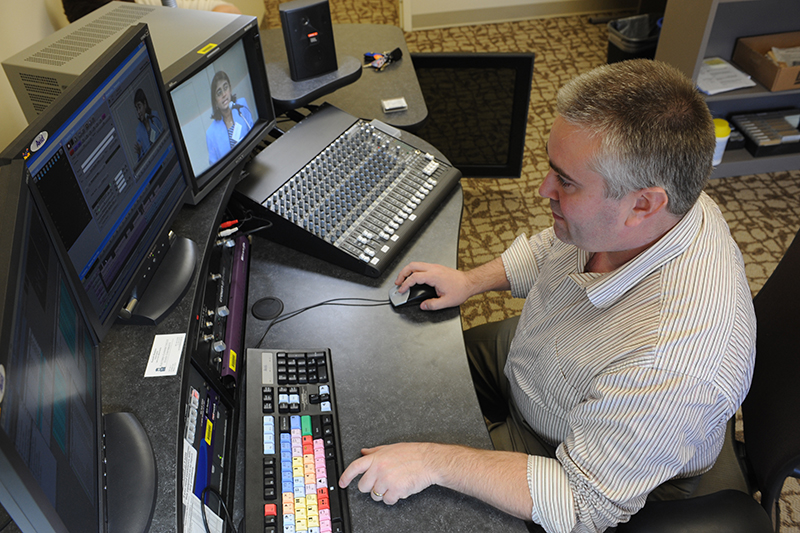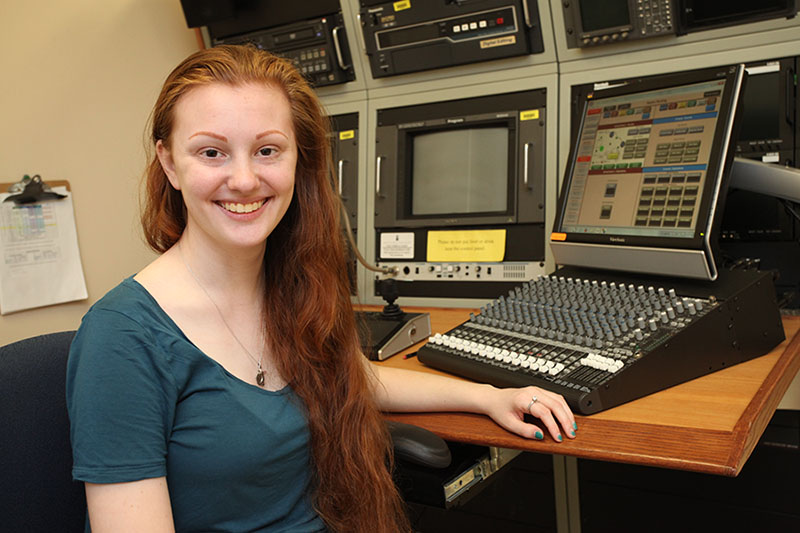- Apply
- Visit
- Request Info
- Give
Early childhood education videos reach 5 million YouTube views
Published on March 23, 2023

Eastern Connecticut State University’s Center for Early Childhood Education (CECE) reached a new milestone on March 23 when it passed 5 million views on its YouTube channel. The center is a research and professional development institute focused on improving the quality of early care and education nationally. Center faculty and staff conduct research on child development and teaching strategies, and develop educational videos to train current and future teachers. Videos are hosted on the center’s website and YouTube channel.
The center began producing educational videos in 2006 with funding from the U.S. Department of Defense. The center’s YouTube channel went live on Jan. 29, 2013, with 12 videos. Five years later, the channel reached 1 million views in February 2018.

The center’s YouTube channel has more than 250 videos featuring researchers and other experts, teachers, home day care providers, home visitors and program administrators. To date, more than 130 Eastern students have been involved in projects or research that led to videos or have served as production interns helping to capture and edit video footage.
Videos have been viewed around the world, with most views coming from the United States, Canada, Australia, the United Kingdom and India. Viewership also comes from countries such as the Philippines, Singapore, Malaysia and Pakistan.
The prime viewership appears to be connected with higher education and students enrolled in teacher training programs. Every year the channel sees a spike in views from mid-September to early December, and another spike from mid-January to early May. “This tracks when faculty in the United States would be assigning videos for students to reflect on and analyze,” said Julia DeLapp, executive producer of many CECE videos.
“I use CECE videos for multiple purposes, to complement, supplement and to enliven my class discussions,” said Eastern early childhood education Professor Sudha Swaminathan. “They help to visually depict how young children demonstrate concrete signs of understanding abstract math concepts, to demonstrate how a simple but difficult teaching strategy (such as wait time or open-ended questioning) may be implemented effectively, and at other times, to provide teacher candidates the rare opportunity to re-watch a classroom interaction multiple times, to look at the learning and the teaching through multiple lenses.”

DeLapp says that videos are a powerful tool in the college classroom and notes that faculty sometimes show a video with the sound off to filter out dialogue that may distract from what a child is focused on. Other times, they will show videos multiple times and tell students to pay attention to different children each time. This often leads to “A-ha” moments.
“Even for videos that we’ve watched multiple times while creating,” DeLapp explains, “when we start creating the closed captioning for them, we invariably see something we hadn’t noticed before that causes us to see an interaction from an entirely new light. It’s a valuable lesson for future teachers to learn, that their first impression of something that happened in their classroom may not be the whole story.”
The CECE’s videos were particularly valuable to faculty during the early stages of the COVID-19 pandemic, when students were unable to have hands-on experiences in public schools. “I was able to utilize our ample video clip library to create a video analysis of play assignment for teacher candidates in fall 2020 and 2021 who, at that time, had limited clinical experience,” said early childhood education Professor Kwangwon Lee.
“I especially thought these videos were helpful for new early childhood education teacher candidates prior to visiting their clinical/internship settings,” Lee continued. “The videos are able to illustrate in practice important ECE concepts, including the social/emotional, physical and cognitive developmental domains among different age groups. I integrate the videos in my Play and Social Development course to facilitate our in-class discussion activities and to supplement lectures.”

Use of the videos continued to grow even after clinical placements resumed. “In 2022 alone, we had 1.2 million views,” notes DeLapp, “so use is increasing exponentially, and we continue to add new content to reflect the needs of the field.”
CECE videos have received seven national Telly Awards for technical excellence in video production, most recently for “A Study of the Play of Dual Language Learners in an English-Speaking Classroom,” featuring the research of undergraduate student Stefanie Dominguez.
"I use the CECE's videos in every early childhood course that I teach,” said education Professor Theresa Bouley. “No matter what the content, there is always a video that supports, in a visual and contextualized way, what I am discussing in class."


